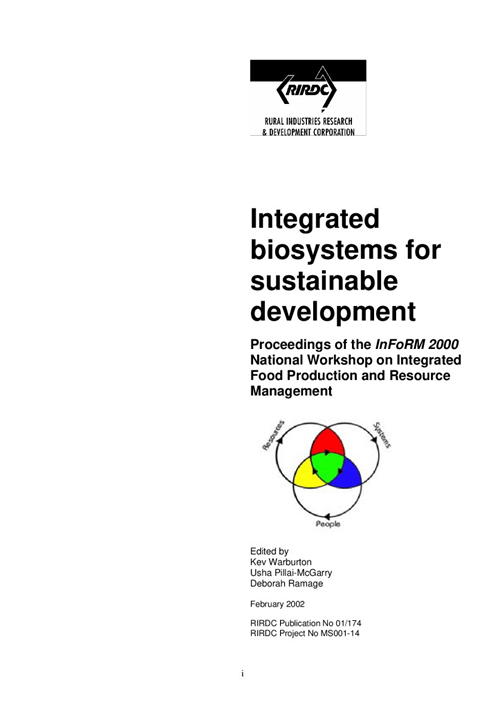Integrated biosystems, where connections are made between different food production activities, can take a wide variety of forms. Such integrated systems offer many opportunities for increasing the efficiency of water and nutrient use, productivity and profit, and represent practical, creative solutions to problems of waste management and pollution.
Environmental pressures and economic drivers such as the rising costs of water, fuel and other inputs are stimulating growing interest in eco-efficient production options that minimise resource consumption and pollution. Integrated biosystems satisfy these requirements. Because they conserve soil and water, increase crop diversity and can produce feed, fuel or fertilizer on-site, integrated biosystems are relatively sustainable and resilient and can do much to support local economies. They can help farmers diversify or combine forces with other complementary operations. Integration can be achieved over a range of scales and can assist in community, catchment and regional planning. Biosystem integration therefore helps to achieve the economic, environmental and social aims of sustainable development.





